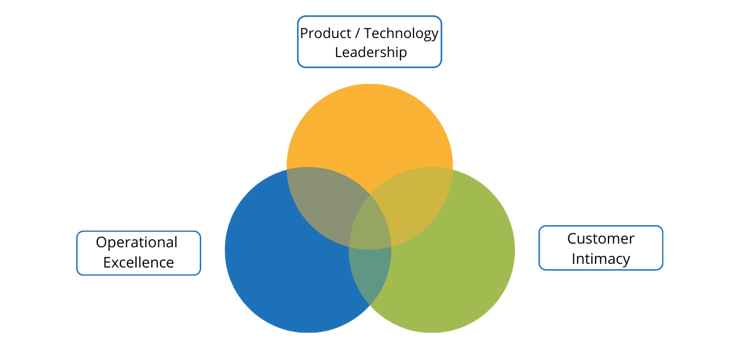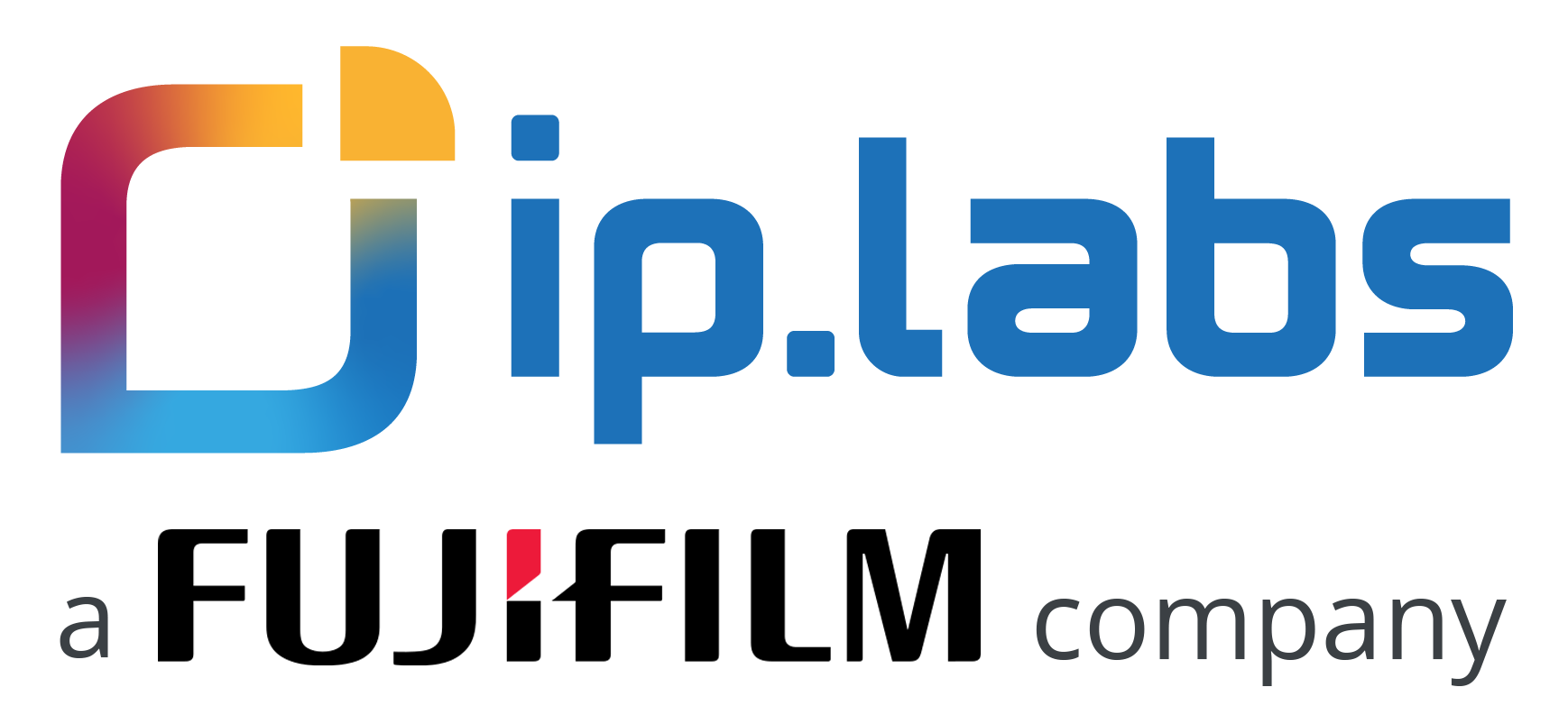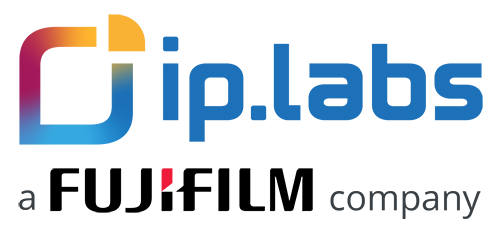11 min read
The Importance of Giving Our Partners The Best Experience
Sep 20, 2022

Today, 'Customer Experience' and 'Customer Centricity' are considered the holy grail of business life. Without embracing this ideology, no companies and organizations can ever exist and thrive. However, being customer-centered is not that easy, especially as an IT company.
In this blog post, we want to give a little behind-the-scenes look at how we at ip.labs are working to keep improving and to provide our customers with an optimal experience by partnering with us.
Contents
- What is Customer Centricity?
- Customer Orientation
- Partner Orientation at ip.labs
- What does 'Improved Customer Orientation' Mean for ip.labs Partners?
- What are the Limits of Customer Orientation?
- How Does ip.labs Become More 'Customer-Oriented'?
- What Actions Do We Focus on at ip.labs?
- Why are Collaboration and Continuous Learning Important for Us?
- Where does ip.labs Want to Improve for its Partners?
 What is Customer Centricity?
What is Customer Centricity?
Customer centricity is about thoroughly understanding the customer (or a segment), their situation, their problems, and needs, and developing and offering services and products based on that understanding, which meet or ideally exceed those needs.
In this article, we often use the known term ‘customer centricity’ but really are referring to our B2B customers, whom we call partners. Thus, at ip.labs the right term is ‘partner centricity’ (but nobody in the world seems to be using the term, so we stick with customer centricity).
Customer Orientation

Customer orientation is a great topic of interest, also in Google Search.
Customer Experience, Agility, Customer Centricity, and various other buzzwords are massively used by everyone on a corporate level these days (or on all websites - 282 million entries just for 'customer orientation' on Google) and everyone is aware of well-known examples that have implemented the topic in an exemplary and innovative way.
But how do you achieve real customer orientation in an established software company like ip.labs if you do not want to only count on these buzzwords? In this article, I will describe how we at ip.labs have approached the topic (and continue to do so) and welcome feedback from your own experiences regarding customer centricity and especially with its implementation.
In the early 90s, in the beginning of the Internet and Digital Transformation, an influential article was published on the three 'Value Disciples' that (then) market leaders were pursuing:
- Operational Excellence
- Product / Technology Leadership
- Customer Intimacy.

The three Value Corporate Disciples
One of the insights at the time was that market leadership required at least two of these disciplines to be implemented in a market-leading way, and Customer Intimacy was the most difficult for competitors to accomplish.
A good example of 'Customer Intimacy' from that time was the Lanier Customer Vision Program (one of the world's largest global providers of document management solutions at the time), which included the following four points:
- Building strong relationships with the customers
- Creating a customer-friendly environment for doing business
- Improving the products according to the customer needs
- Working on constant innovations to the products and services
Even nowadays, these four strategies play an essential role for our mission at ip.labs and our goals today: we want to make the common end users of our photo product editors satisfied as well as to build a strong relationship with our loyal partners using our technology in their shops based on the innovative solution we offer.
Partner Orientation at ip.labs
At ip.labs (founded in 2004), we have followed the path of a typical technology startup at the begin of the new millenium, where the technological implementation in a completely new product category (digital photo book) was always considered. ip.labs was and still is a technology-driven organization, and in our almost 20 years of successful existence, we, as a subsidiary of one of the leading photo and imaging manufacturers worldwide (Fujifilm), have also grown up with our partners and their customers using our editors.
Especially in mature markets customer-centricity plays an even bigger role than in typical start-up situations, because the solution is used by a broader user group. Also, the competition is much stronger and technical products often converge in their performance. From this perspective, we always aim towards a strong partner-centric focus.
What Does Improved Customer Orientation Mean for ip.labs Partners?
![[Blog] IMG 1381 x 922 px Customer Centricity agile framework](https://www.iplabs.com/hs-fs/hubfs/21%20-%20Website/21%20-%20blog%20photo%20products%20delight/Images/21%20blog%20graphics/%5BBlog%5D%20%20IMG%201381%20x%20922%20px%20Customer%20Centricity%20agile%20framework.webp?width=1381&name=%5BBlog%5D%20%20IMG%201381%20x%20922%20px%20Customer%20Centricity%20agile%20framework.webp)
Important aspects of the customer relationship managment, summarized by superoffice.com
One can approach the topic well through various 'frameworks': For example, Design Thinking (in the narrower sense) focuses strongly on the use of the product, while Lean Start-Up is about ensuring that the new product, the new service, and its value proposition are the ideal fit for the target group (market fit). Agile methods are essentially about working with the customer (and for the customer) and simply consist of effectively creating innovative solutions that serve customer needs in the most useful way. Quality management or lean management practices focus on the processes that generate value for customers and try to avoid everything that is unnecessary (waste) for the customer and to continously improve the products and services delievered. Modern IT service management systems such as ITIL 4 also focus on the value-creating processes for internal or external customers (value streams). And in Solution Selling (e.g. Miller-Heimann), we have learned over the last four decades to understand the customers’ needs precisely and to serve them accordingly with solutions and appropriate communication.
All these methods share one common aspect: placing the customer into the center of everyone's doing and thinking - in that sense customer centricity is more a cultural value than just a question of applying methods and tools.
What does this mean for ip.labs and its B2B customers in detail, which tools and measures have we taken and why is this important for our daily work. But first the question: Is there actually extensive customer orientation, and how much is too much?
What are the Limits of Customer Orientation?
Henry Ford, the developer of the first automobile that the American middle class could afford, is often quoted as follows: 'If I had asked my customers what they wanted, they would have answered with "faster horses"!' He probably never would have gotten to the affordable car based on that statement. So, are there limits to customer orientation?
![[blog] IMG 400 x 290 px Client need vs budget](https://www.iplabs.com/hs-fs/hubfs/21%20-%20Website/21%20-%20blog%20photo%20products%20delight/Images/%5Bblog%5D%20IMG%20Client%20need%20vs%20budget.jpg?width=400&name=%5Bblog%5D%20IMG%20Client%20need%20vs%20budget.jpg)
Client Needs VS Client Budget, a well-known corporate debate
Not in my opinion, because many of us may lack the imagination or experience to see beyond the current status quo of a technology or solution (that is what visionaries are for), but in addition to superficial needs (faster horse), there are usually underlying, general needs (e.g., not only faster but more comfortable, safer transportation) that can be served in a completely different, new, and improved way with disruptive innovations.
 Mobile SDK for Photo Commerce
Mobile SDK for Photo Commerce
This toolbox leverages your m-commerce and helps you to easily integrate multi-platform photo product editors into your mobile app and catch your customers wherever they are in their journey.
An example of this from early practices is the topic of mobile SDK for Photo Commerce: through corresponding customer analyses and discussions with our partners, we recognized that white-label mobile apps have limitations and do not exploit the potential of the mobile market for photo products. Therefore, we have chosen to provide our B2B customers with an SDK, with the help of which our partners can create customized apps for their respective customer groups or integrate the functionality of a sophisticated photo product editor into their existing apps.
How Does ip.labs Become More Customer-Oriented?
ip.labs has a complex business model: we do not only have to keep an eye on the consumer and the general user of our software, but to also focus on our partners. They use our white label solutions under their own brand and on our end and attract the users to the editors (B2B2C), based on which we have a decisive share in the collective success.
Promoting and demanding customer centricity in one's own company is a great effort. Fortunately, there are 'quick wins' to achieve success for the benefit of the customers and the motivation of employees, which are therefore vital for the successful implementation of any business strategy /plan. The most essential action is to find the balance between not getting lost in neither trivial operational matter, nor large, ineffective programs.
A first quick win at ip.labs, for example, was to establish a clear language rule for what we call our two customer groups ('partners' and 'consumers') to avoid confusion in discussions and conversations - something that happened frequently in the past. Partners can be a person or a company who use ip.labs solutions in order to operate a business. On the other hand, the term ''consumers'' is related to the customers of our partners who create and buy photo products using ip.labs software in their web shop or mobile app. Furthermore, we have a user-friendly CRM system in which all partner information is centrally available to enable them to provide the best service possible to partners. We also focused on developing an improved marketing communication to better inform partners about beneficial innovations, e.g., in the software, or changes in the roadmap, and thus enable partners to 'get the most out' of our solution.
What Actions Do We Focus on at ip.labs?
How do you create a cultural change in an established company like ip.labs? Without a doubt, an appropriate corporate culture can contribute to a massive improvement in business performance and customer satisfaction. But what is often and willingly overlooked is the need to create foundations on which culture can change: the 'formal system' of processes, organization, guidelines, etc. must fit accordingly, otherwise the existing culture will not change: sales, for example, will not show improved customer orientation if bonuses are paid only based on sales results and not on customer satisfaction.
Therefore, it is more than helpful to develop the formal system as well as the corporate culture by means of a clear vision, mission, and a suitable strategy.

A change log page can be a visible sign of improving partner communication
That is why we at ip.labs have firmly anchored the values of customer orientation and agility in our strategy. An essential part of any strategy is the precise definition and thus understanding of the target groups ('Choose the customer you serve'). This may sound a bit impersonal, but it plays a significant role in achieving success not only in most business models and but also in establishing customer satisfaction, as it is the only way to align one's own company goals with the customer's ones.
Accordingly, we have aligned our organization with the introduction of business units precisely to the customer segments we have defined to describe our partners: Enterprise, Small & Medium Business, and Mobile. The business units are to develop and market our solutions based on our core technologies, as independently as possible. This requires a modular and flexible core platform that provides the relevant basic functionalities, such as our photo product editors.
Why are Collaboration & Continuous Learning Important for Us?
Once the formal system has been set up or adapted, we now devote more attention to the topic of culture change. The foundation for this at ip.labs is the shared values that we always position at the forefront: Trust and respect, collaboration and continuous learning, a belief in constant improvement, taking responsibility and being open to flexibility and transparency. We perceive these values as the cornerstones of customer focus.
We learn and share the necessary skills not only in our training sessions, but also in a practical way through the application of agile (and thus customer-centric) methods in everyday operations, such as Open Spaces and Design Thinking sessions, in which we collectively look for solutions to partner problems.
A crucial aspect here is to understand 'continuous learning' as the basis for a culture of continuous improvement - how can we get a little bit better every day?
Where does ip.labs Want to Improve for its Partners?
One of the more unattended areas at ip.labs is analytics and data-driven organization: modern technologies make it possible to determine important insights into customer behavior and needs on customer data. They also allow us to address our partners’ as well as users’ needs in a targeted manner. This process facilitates a better understanding of user behavior in the editor, higher user-friendliness up to meaningful data on marketing campaigns, market developments, and conversion rates to serve the target groups in the best possible way - all this within the framework of the applicable data protection regulations (DSGVO).
We have therefore decided to give the topic of analytics corresponding priority in the roadmap from Q4 onwards.
Like any major change, 'improved customer orientation' does not relate to a fully finished project or sprint, but a never-ending process that must be firmly woven into the DNA of an organization, and it needs to be constantly worked on.
From our point of view, the greatest leverage for better customer (aka partner) orientation can be achieved by changing our corporate culture. However, it is also necessary to note that the formal framework, such as a clear strategy, organization, processes, etc., must match.
At ip.labs, we set this task of becoming a reliable partner-centric company ourselves - only you, our partners, and your shoppers using our software can decide whether we are successful in this endeavor.
Topics: ip.labs
Written by Heiner van den Berg
Since 30 years in the IT business and busy with Digital Transformation since that early days I love the B2B business with partners and creating great value for our joint end customers.




